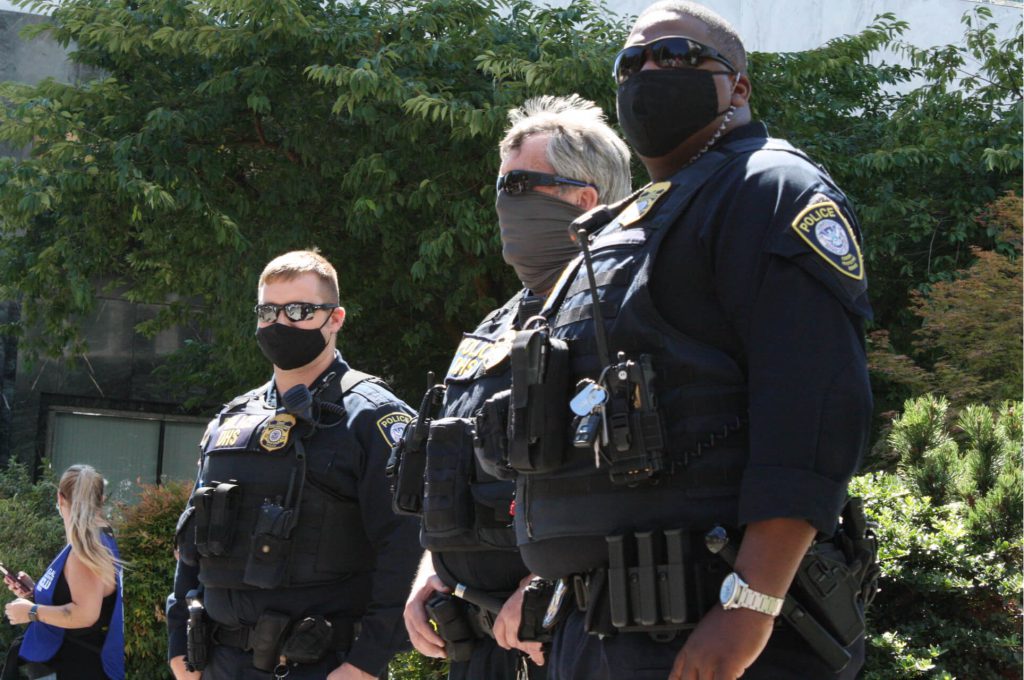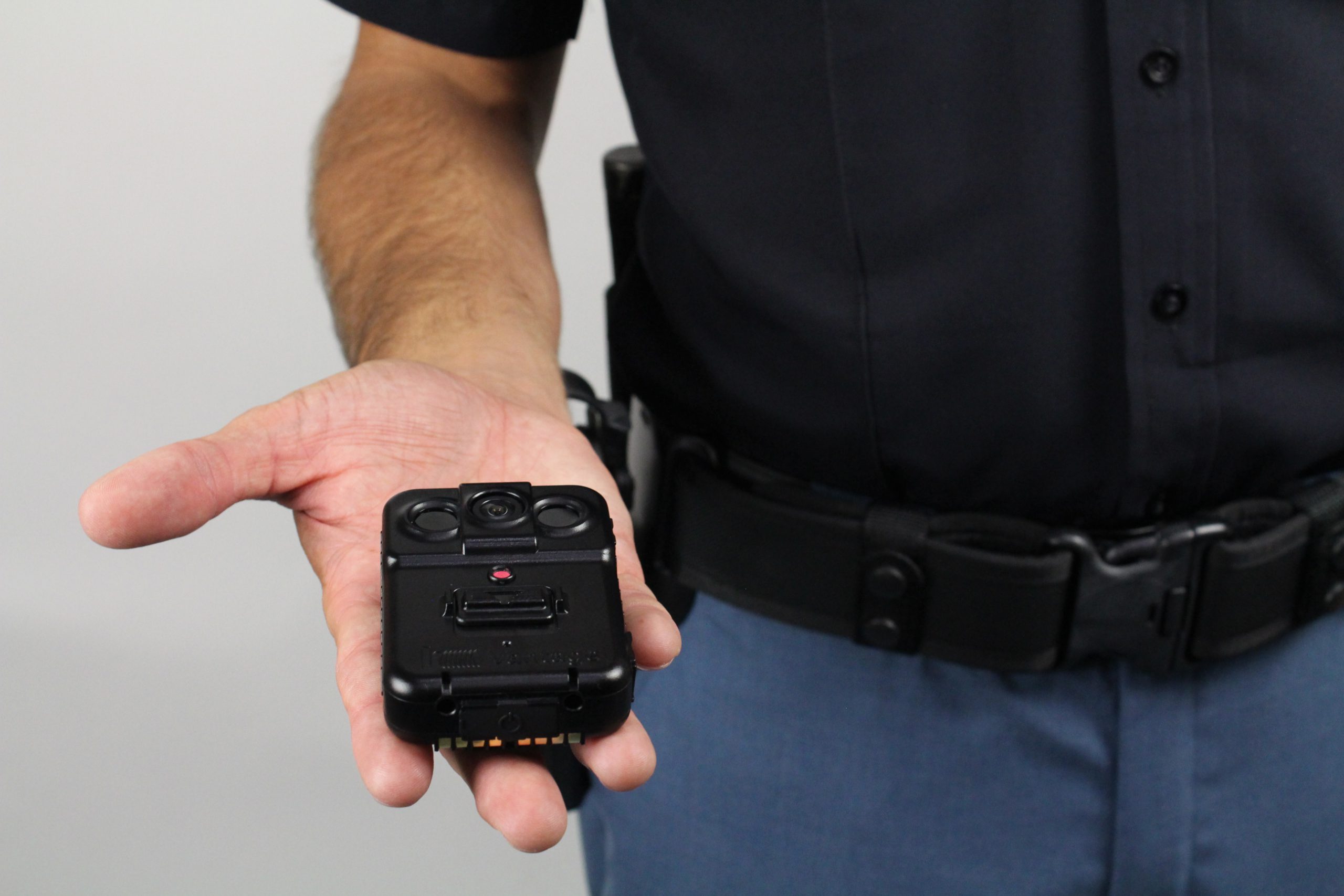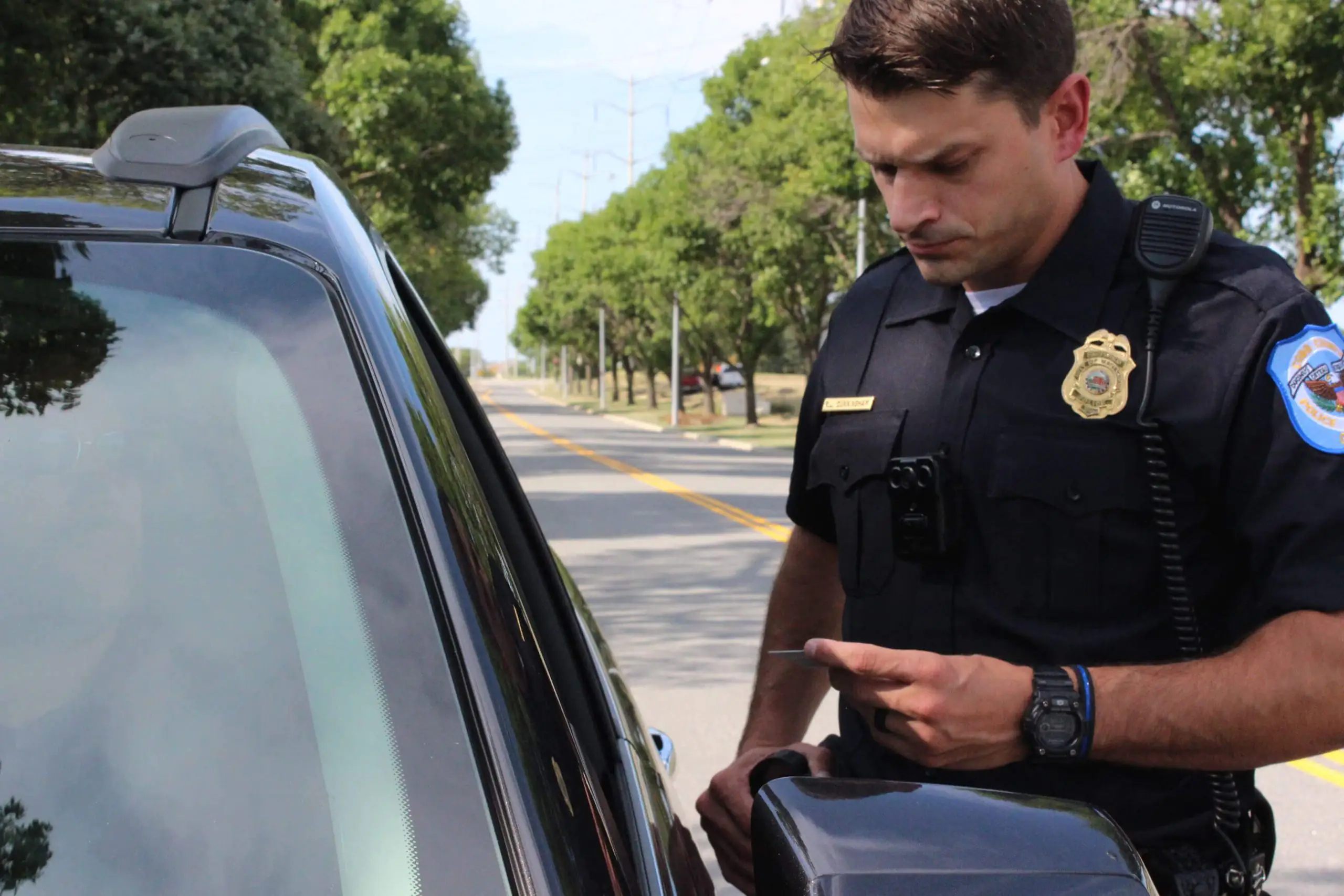2020 proved to be a tumultuous year for law enforcement. As well as being tasked with protecting civilians throughout the course of a global pandemic, the police force was placed under a heightened level of scrutiny during a period of civil unrest. As the conversation about the role of policing in society turned into a national debate, the use of body cameras was brought into question, with many disagreeing on their effectiveness or how they should be used.
While individuals with a more reformist approach believe that body cameras can help ensure officers are accountable for their actions and adhere to the rules while on duty, abolitionist groups do not believe that any additional money should be spent on the police force. The NYPD, for instance, has already seen a budget reduction of $1 billion by Mayor Bill de Blasio in response to protests.
But when it comes to the use of body cams, has anything effectively changed since the summer of 2020? And what are the arguments for and against their use?
A mix of skepticism and optimism
Last June was one of the most turbulent months America has seen in years. In response to the widespread concerns expressed by BLM supporters, several jurisdictions across the country sought to introduce new regulations on law enforcement operations, many of which involved the use of body cameras.
A few weeks after the start of the protests, Nashville Mayor John Cooper announced that his administration had successfully negotiated better contracts with body camera vendors to reduce the estimated annual cost of managing the video footage from $40 million to $2.1 million. This measure enabled an expanded deployment of the cameras that kicked off in July, and involved 86 officers and 65 patrol cars in the West Precinct.

Following this announcement, some believed that it was merely an attempt to appease both sides: the local branch of BLM reacted with skepticism by stating that body cameras do not eradicate the risk of police misconduct or the use of deadly force, especially towards the Black community. The statement also condemned the city administration for “consistently finding excuses” not to take serious action.
Meanwhile, New Mexico’s State Congress passed a bill that made the use of body cameras compulsory for all officers in the state. In Washington, a bill was approved that requires federal law enforcement agents to wear body cameras, while providing funding and incentives for local departments to follow suit. However, the bill did not advance in the Senate.
A not-so-new solution?
The use of body cameras by US law enforcement agencies is nothing new; in fact, they have been around for at least two decades. Back in 2013, a study showed that nearly a third of local police departments were already using them. Another survey conducted in California in the same year found a 59% reduction in police-reported use of force among officers who wore body cameras.

Police departments widely support increased use of body cameras, as they are equally considered to be an essential tool for collecting evidence and defending officers from unjust accusations: “We welcome the cameras. I think every officer out there sees this as maybe just one step further to show people that we are doing it right and always have been doing it right,” said Sgt. Sofia Rosales-Scatena from Fort Wayne Police Department, Indiana.
Following the city council’s decision to allocate budget to the purchase of body cameras for every officer, Rosales-Scatena’s department announced that, by the end of 2022, every uniformed member of the department will be required to wear a body camera while on duty.
As part of the same report, BLM leaders voiced their approval of these new measures to the TV Network, NBC, hoping they will promote transparency.
Too many questions, too little answers
It is still too early to tell whether or not the transparency provided by body cameras will help contribute to an end to long-standing societal divisions. On both sides of the debate, however, hope remains that they will help promote accountability from both officers on duty and the general public.

